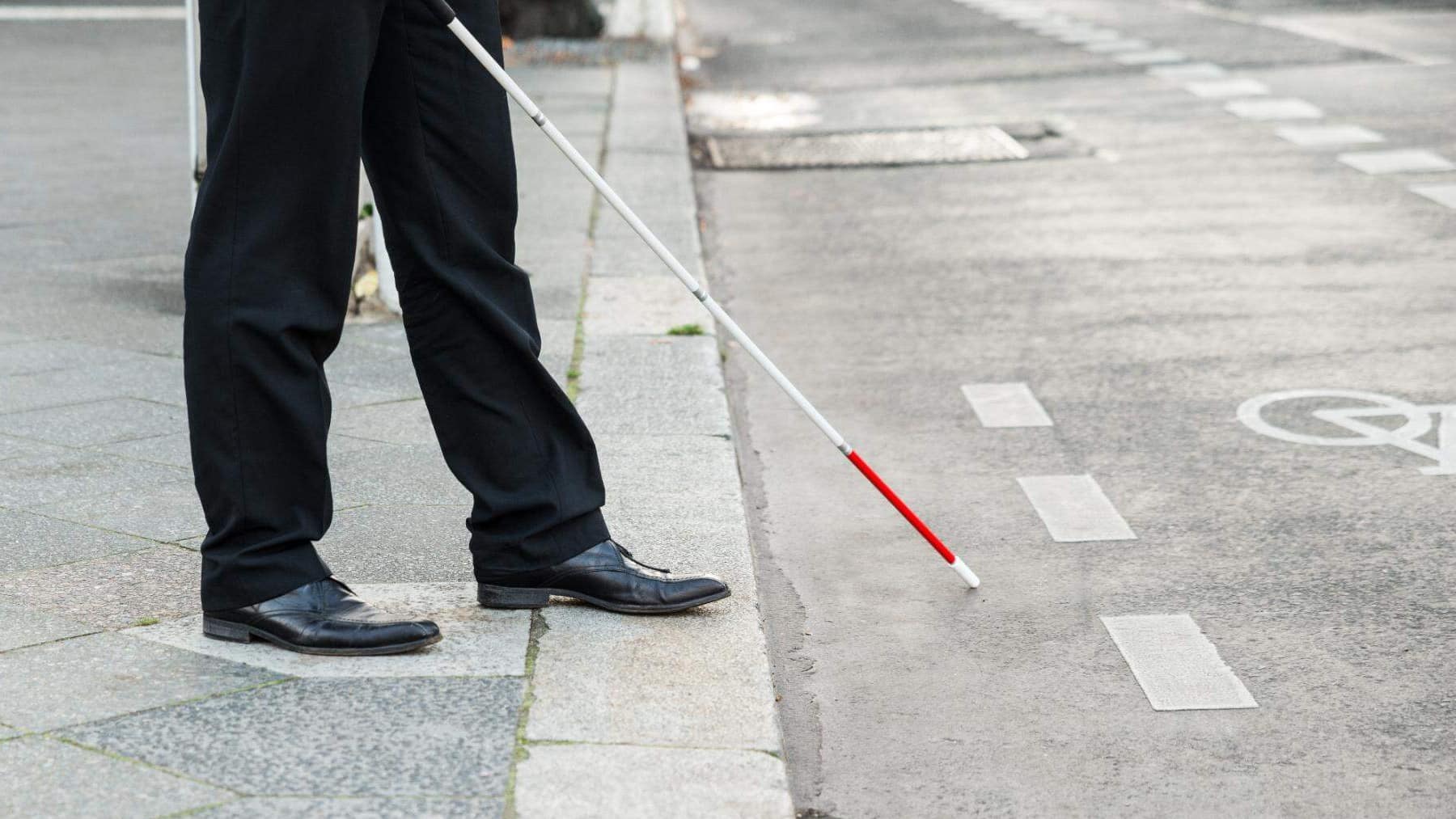The experience of Manny Muñoz, a resident of Peoria (Arizona), after buying a BMW X5, perfectly reflects the importance of paying attention to all the details of a purchase and loan contract, as well as the usefulness of a GAP insurance. Muñoz bought a car at the height of COVID-19, so prices were skyrocketing, costing him a total of $60,517.86. In 2023, he had an accident that resulted in the car being declared a total loss, but he was not alarmed, as he had GAP insurance. What was the problem?
The amount of the loan he signed for was $60,517.26, and let’s remember that the price of the car was $60,517.86. Do you see where the error is? That’s right, a difference of 60 cents that the insurance company Safe-Guard used as an excuse to deny him full compensation, leaving him with a debt of $18,651. And now what? Muñoz got in touch with Gary Harper from On Your Side, and managed to get the company to pay some attention to him.
According to the automotive research company Kelley Blue Book, cars lose about 20% of their value in the first year and about 60% in the first five years, so depreciation is more than evident. Aside from depreciation, it is also important to point out the significance and usefulness of taking out GAP Insurance, which covers the remaining amount of your debt to the dealer in case of an accident. According to the Insurance Information Institute, if you plan to buy a vehicle with less than a 20% down payment, financing it for 60 months or more, it is advisable to buy GAP Insurance.
Guaranteed Asset Protection (GAP)
A GAP insurance is a type of insurance policy that is separate from the mandatory vehicle insurance, which serves to cover the difference between what you owe on your car loan and the current market value of the vehicle in case it is declared stolen or a total loss. This type of insurance is especially useful when the vehicle’s depreciation is rapid, depending on the brands and the price paid for it. According to the Insurance Information Institute, if you plan to buy a vehicle with less than a 20% down payment or finance it for more than 60 months, it is advisable to purchase GAP Insurance.
What happened to Manny Muñoz?
In 2020, at the height of the COVID-19 pandemic, Muñoz bought a BMW X5 worth $60,516.86, a rather high price due to the price increase at that time. To handle the payment, he requested financing from the dealership, which approved him an auto loan of $60,516.26. A difference of 60 cents that no one noticed until in 2023, Muñoz had a traffic accident. His car was considered a total loss, so the insurance company wrote him a check for $26,709, the value of the vehicle at that time.
The problem was that this amount did not cover the outstanding balance of his loan, leaving him with $18,651 still owed. Why didn’t the check cover the total price of the vehicle? Muñoz explained that his request ‘was denied because the loan amount did not match the contract amount.’ The insurance company Sage-Guard clung to this legal loophole to avoid paying the full value of the vehicle, a gap of 60 cents.
How did he manage to get someone to pay attention to him?
After unsuccessfully claiming to the company, Muñoz contacted Gary Harper from On Your Side, to whom he presented his case and sought help to exert pressure on the insurance company Safe-Guard. Following this, discussions were established between the news outlet and the insurance company, until Muñoz announced to Harper that he had received a notification from the company, informing him that his claim was finally being processed.
This is why the importance of always reading and re-reading the fine print of contracts is emphasized, especially when it comes to such high amounts.





